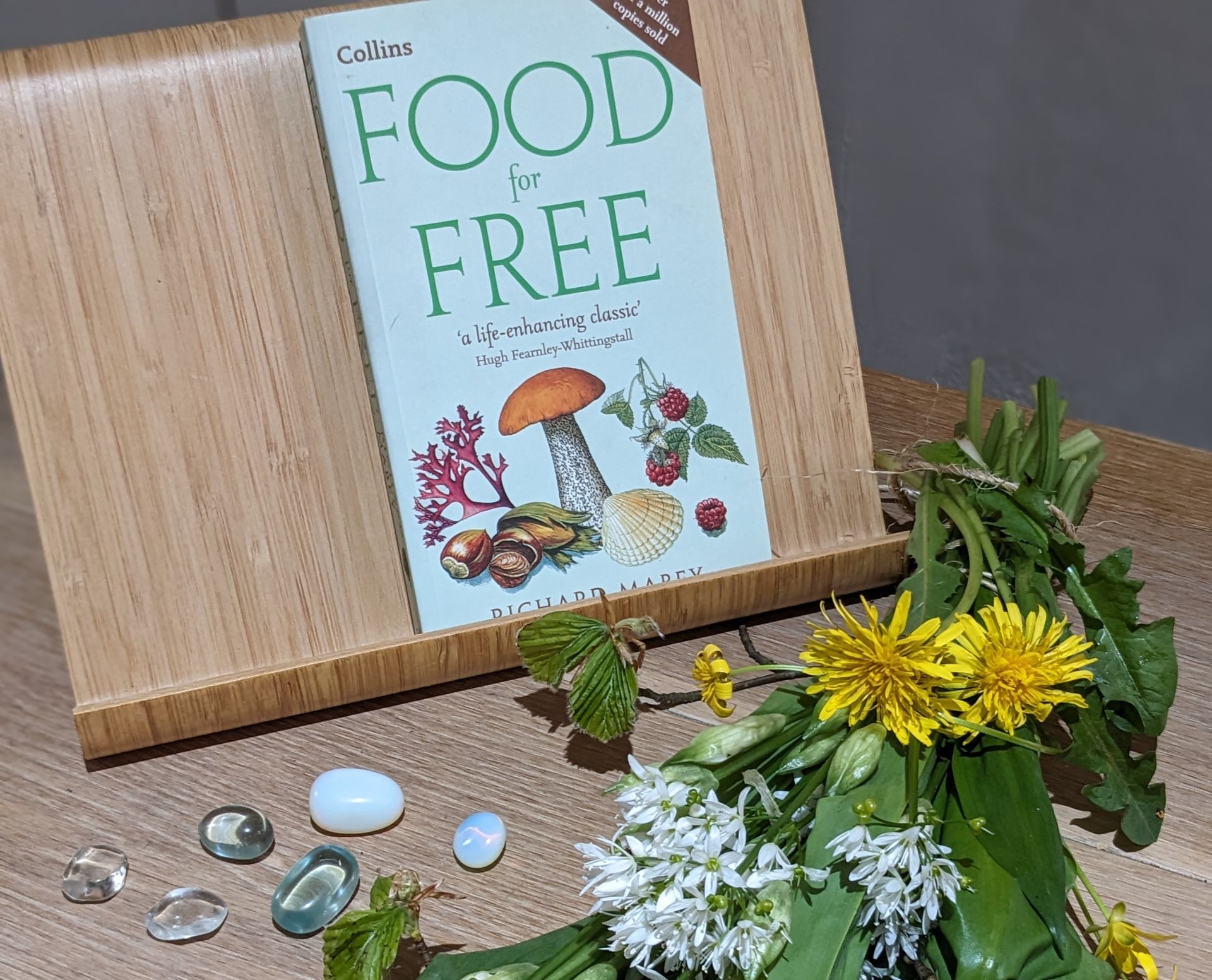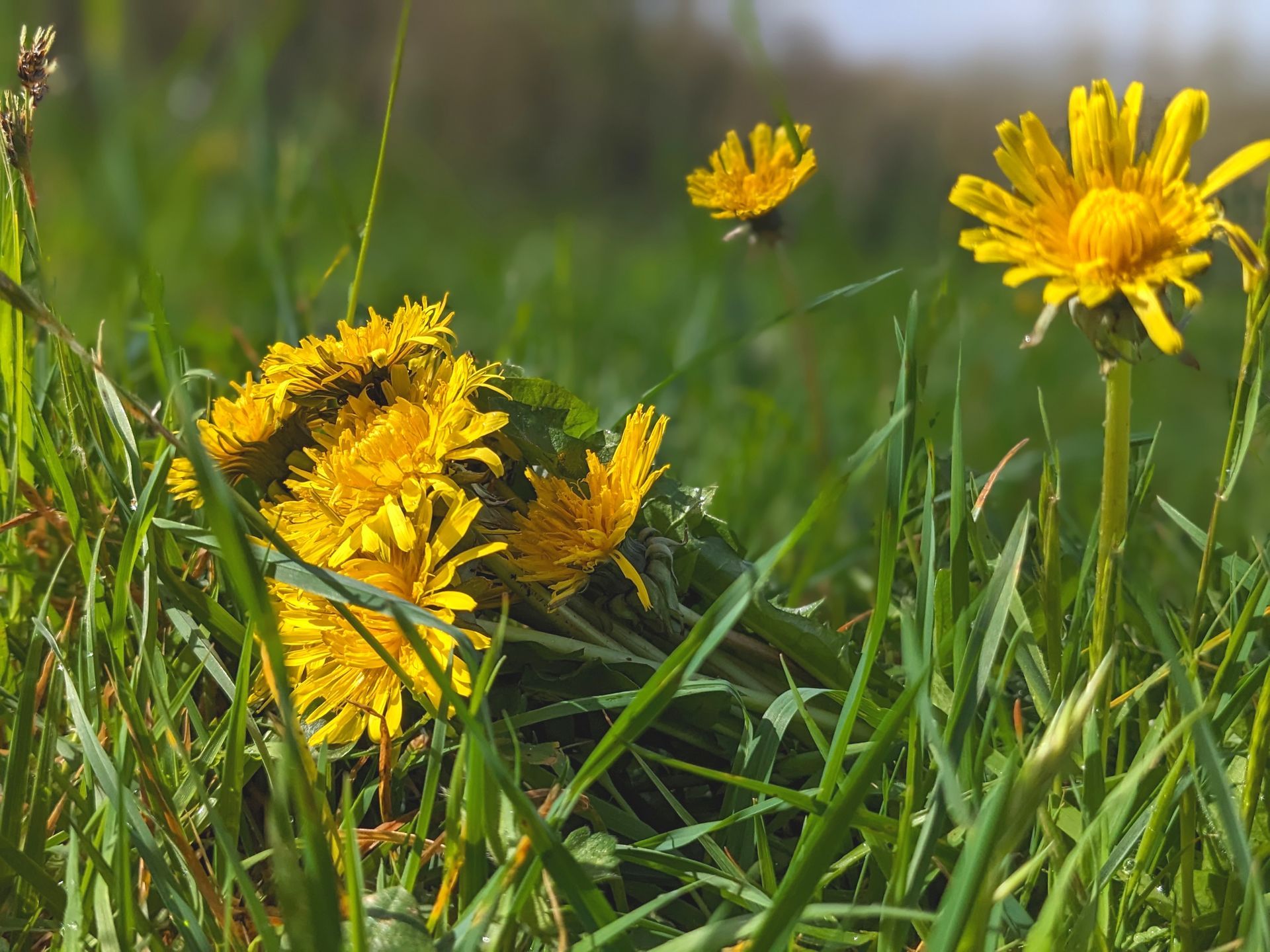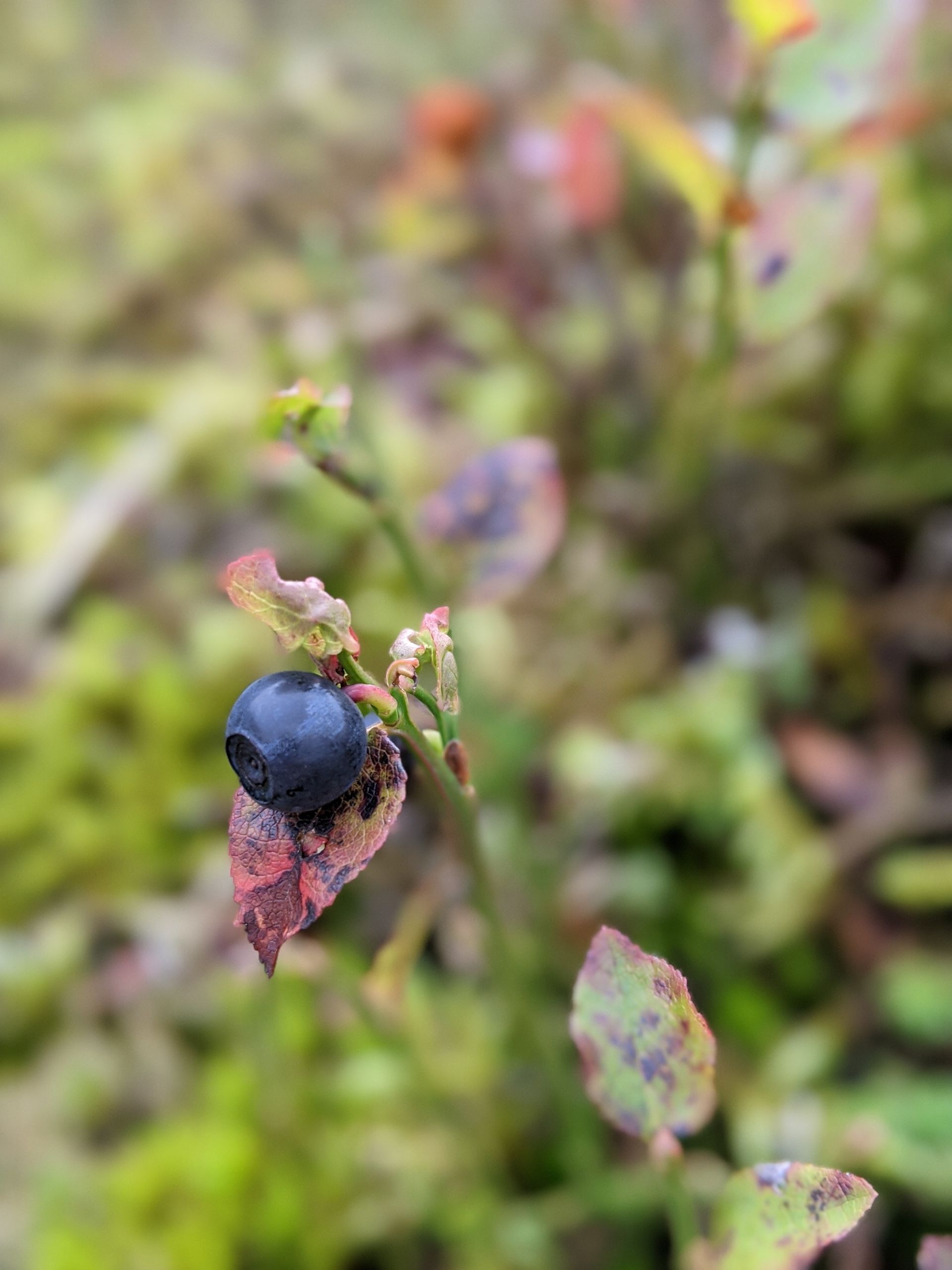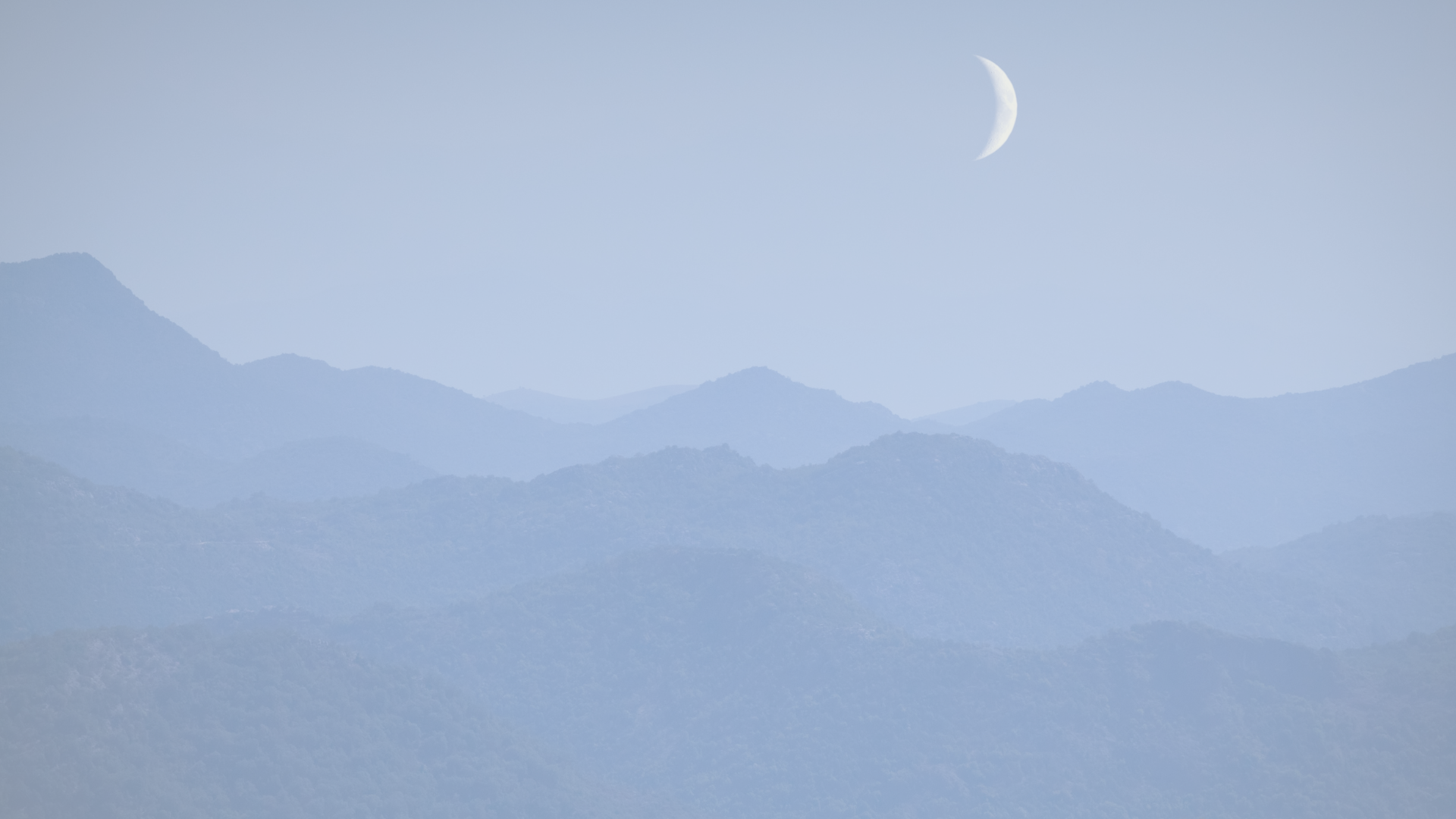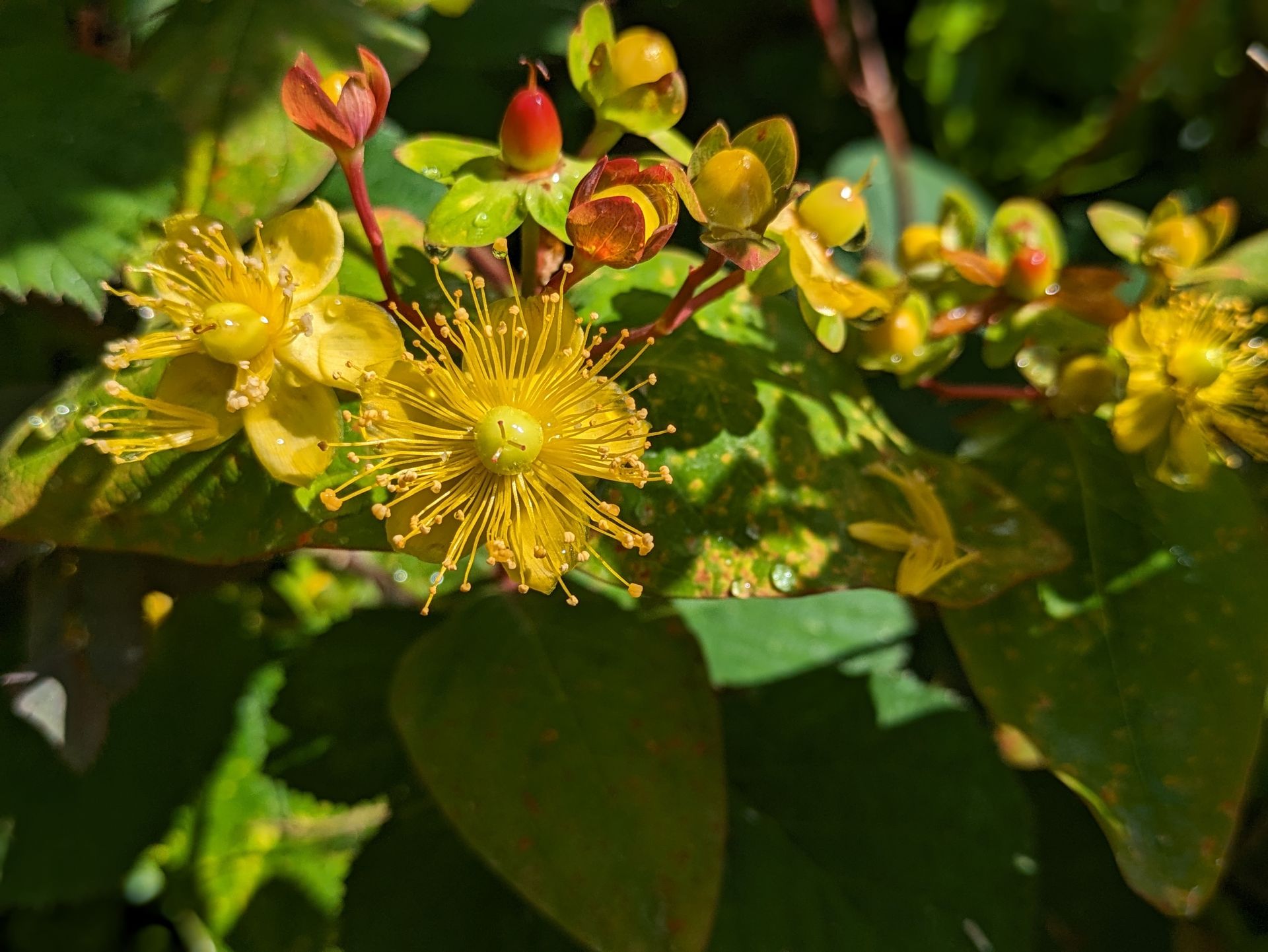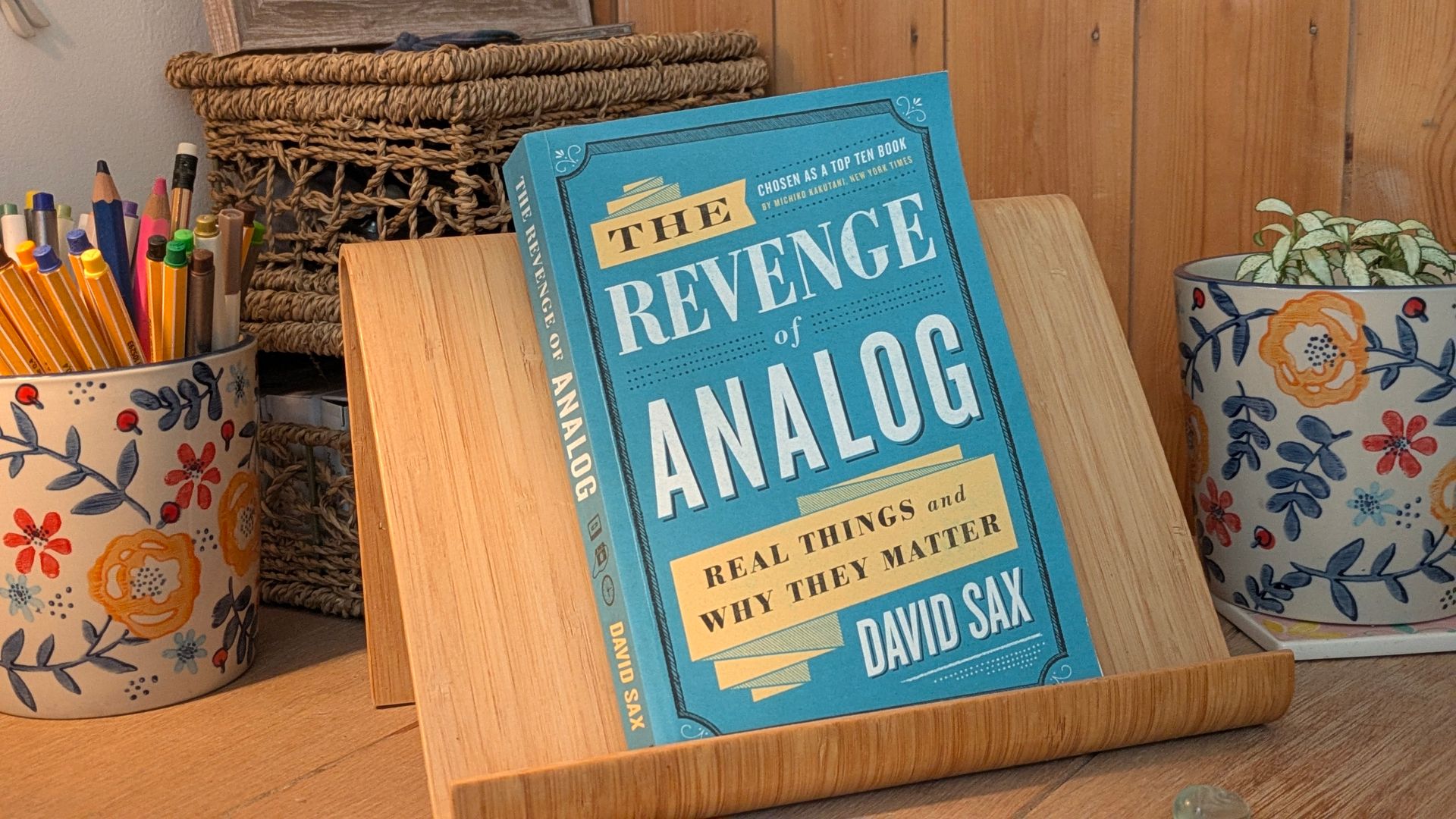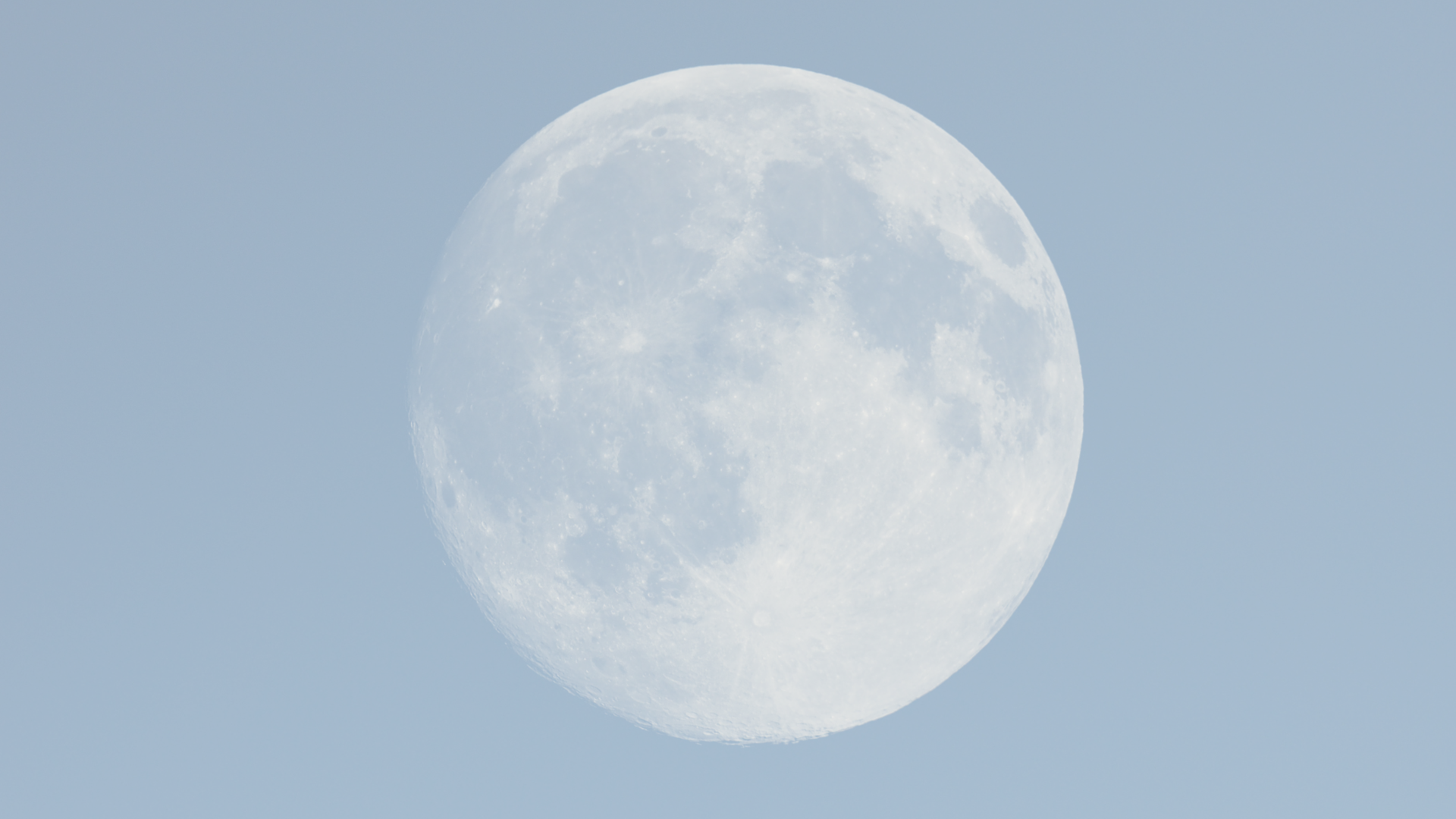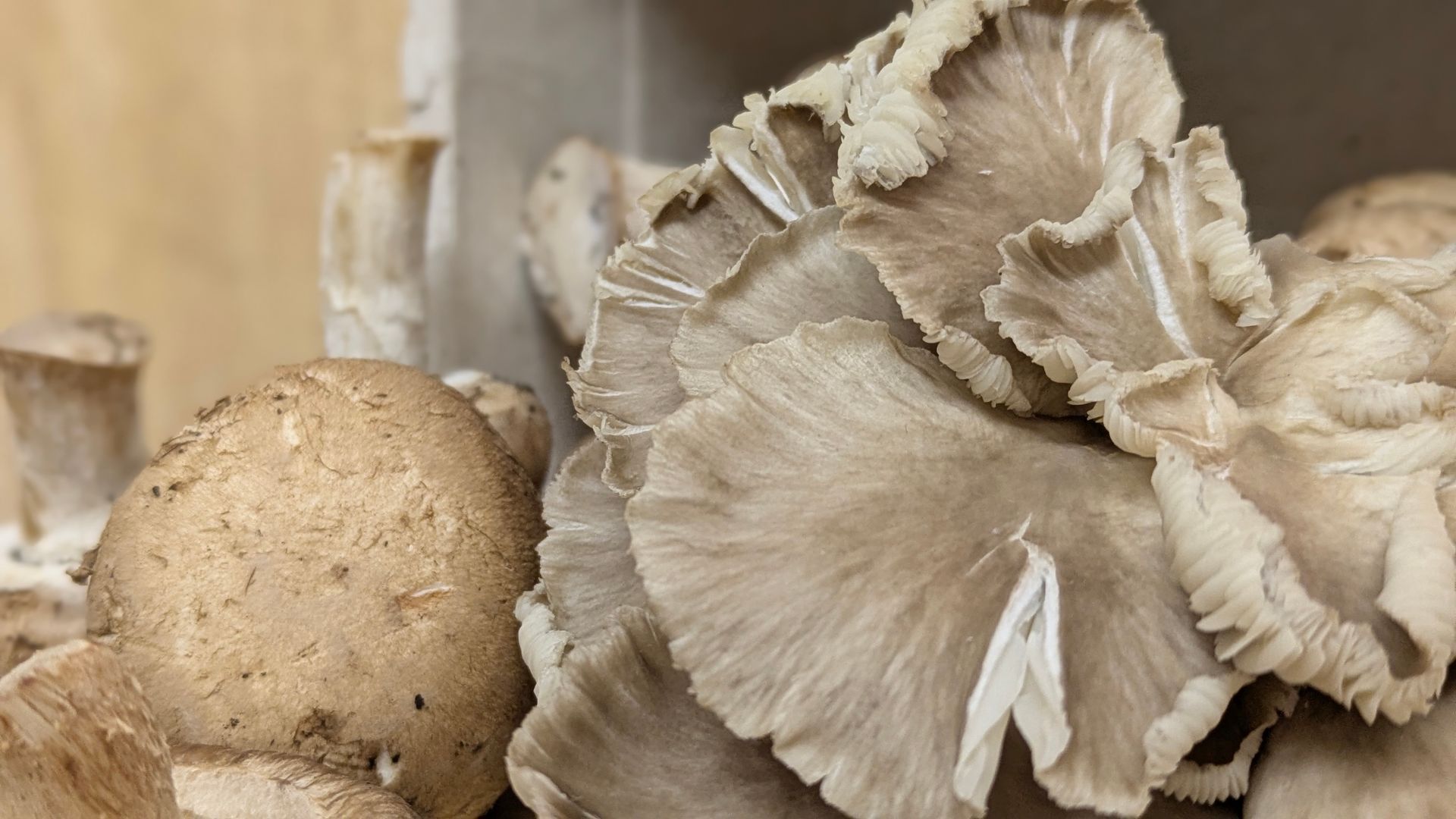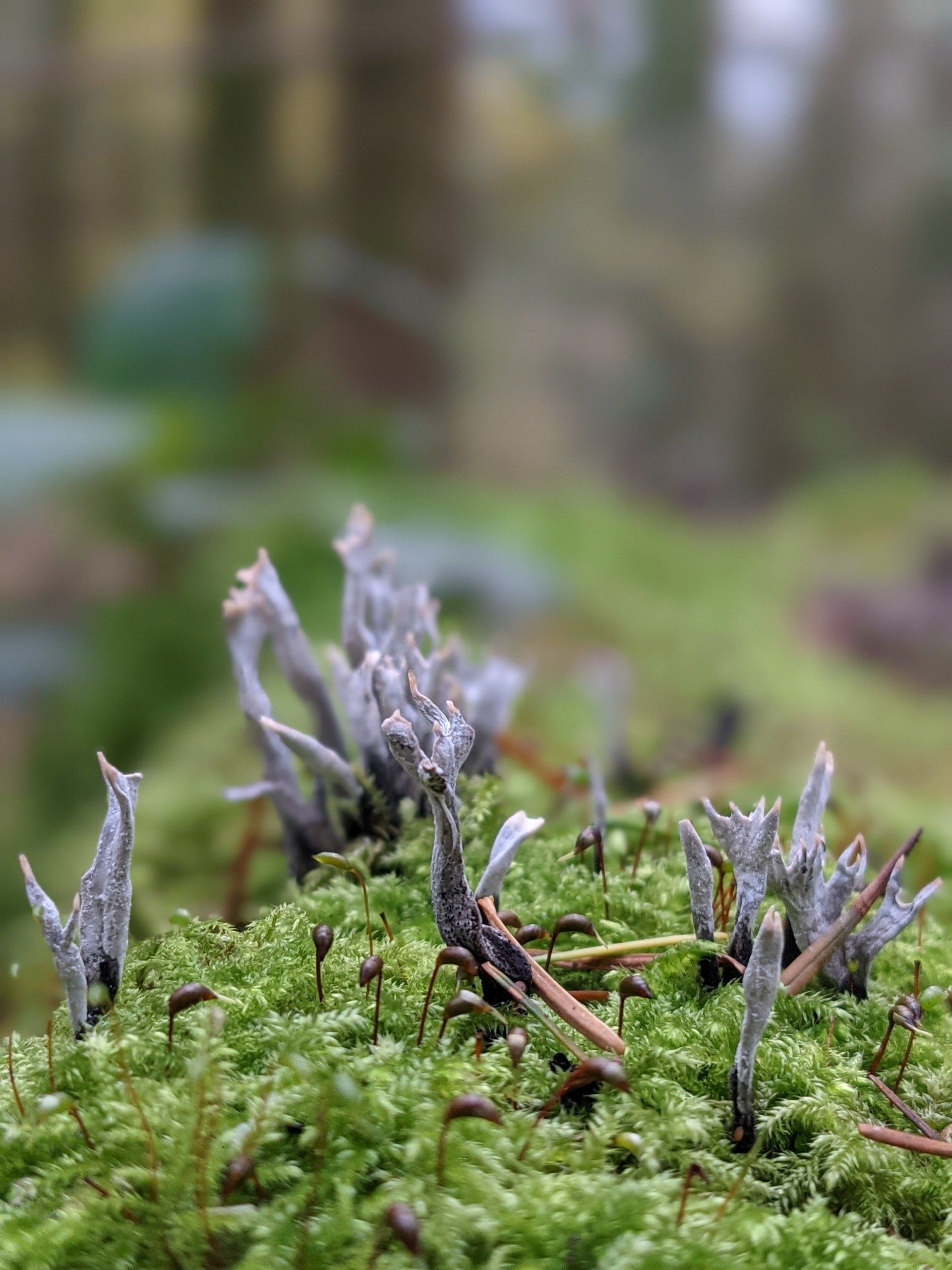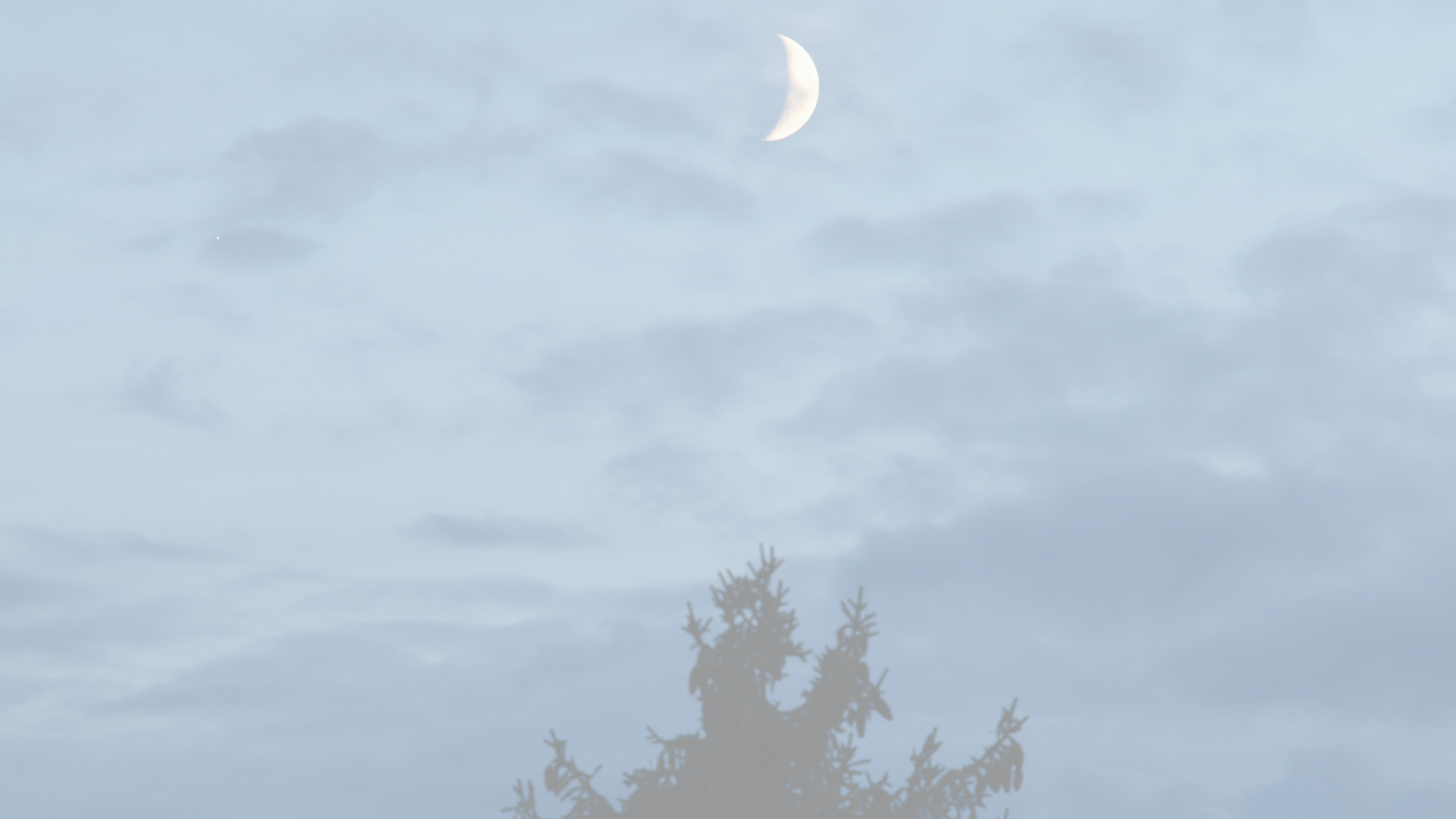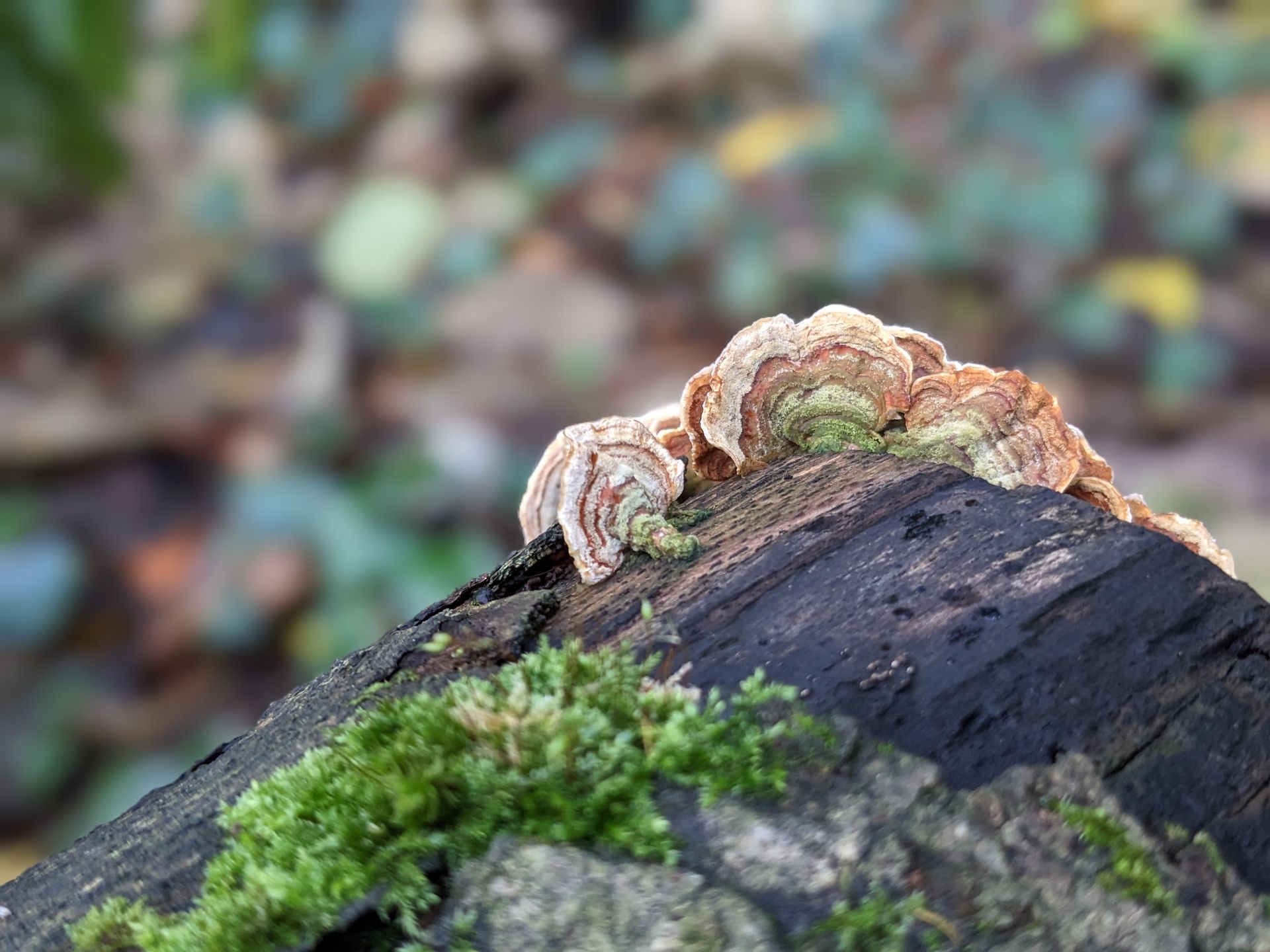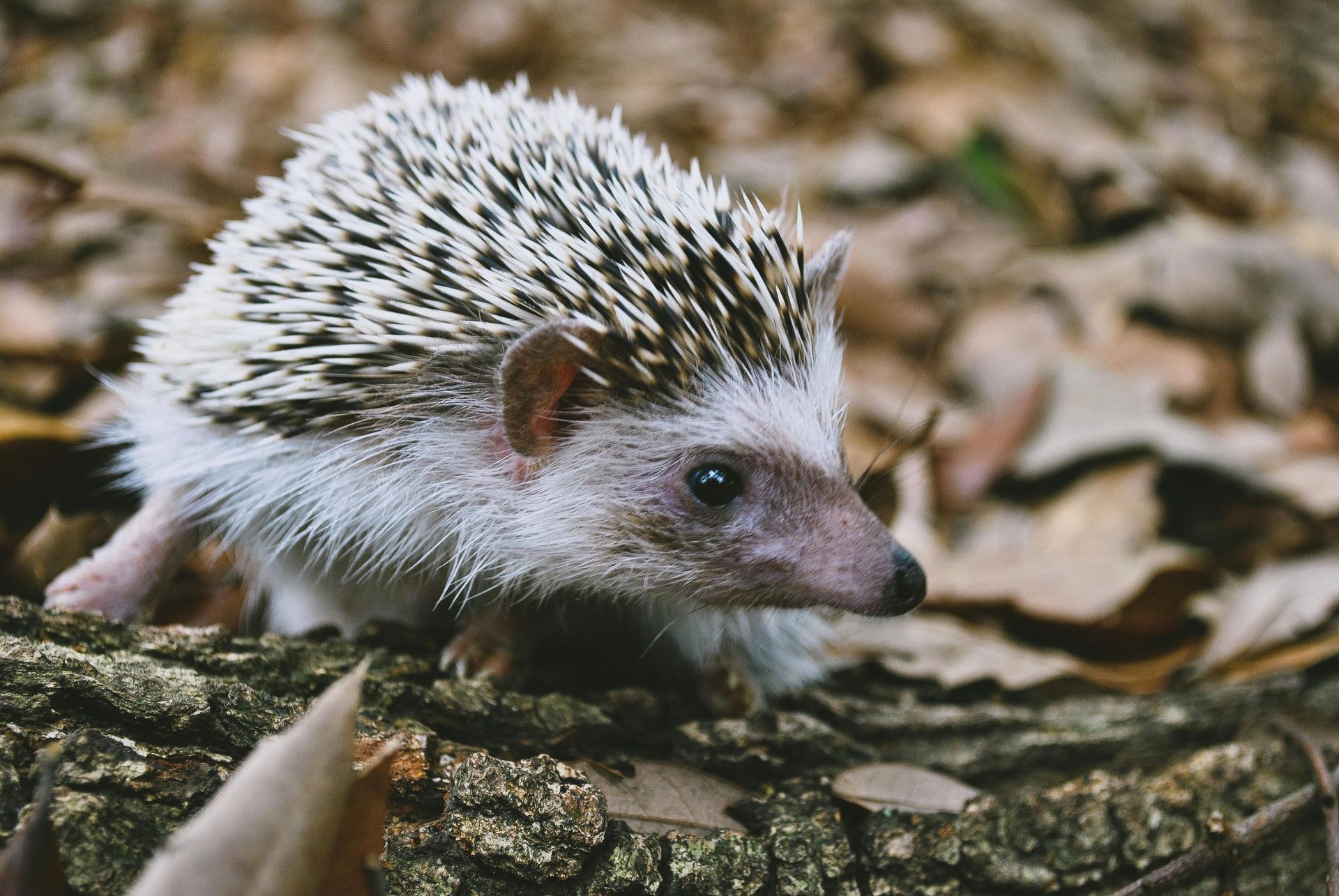Food For Free by Richard Mabey
An exquisite account of Nature in the fields of England through the seasons
In 1972, concerned about the natural environment and the quality of our food, Richard Mabey wrote the first edition of Food For Free as a cheeky, challenging, a snub to domesticity as much as domestication. This remarkable book, was born of an increasing belief that foraging might be an excellent way to reconnect with the wild.
As foraging has become common currency on TV food programmes and restaurants with courses and guided walks available to search for and collect all manner of wild foods, some varieties have become saught after as rare and exquisite treats.
As I mentioned in a recent post Foraging for Nature's Bounty, there is much to gain from foods found in the wild as well as a feeling of wellbeing and fulfilment from the process of foraging itself. It does help us to reconnect with the wild, it is beneficial for our health and it’s a whole new world open to us to explore.
Wild food for free
I love reference books that have an interesting and informative introduction that shares the thinking behind the collection and where the information is coming from.
In this new edition of Food For Free published in 1989, Richard shares his interest in foraging, the history of foraging, some anechdotes and stories about foaging, his nostalgia for a simple life, and why foaraging makes him feel more intimately connected to Nature (shared by many of his readers).
It is true that concerns over modern methods of food production have led to something of a backlash. We have become conditioned by the shrink-wrapped, perfectly shaped produce we find in our supermarkets, and we are reluctant to venture into woods, pastures, cliff-tops and marshlands in search of food.
Richard goes on to tell us that: Those who are prepared to venture out will find substantial rewards. It is the flavours and textures that will surprise the most, I think, and the realisation of to just what extent the cultivation and mass production of food have muted our taste experiences.
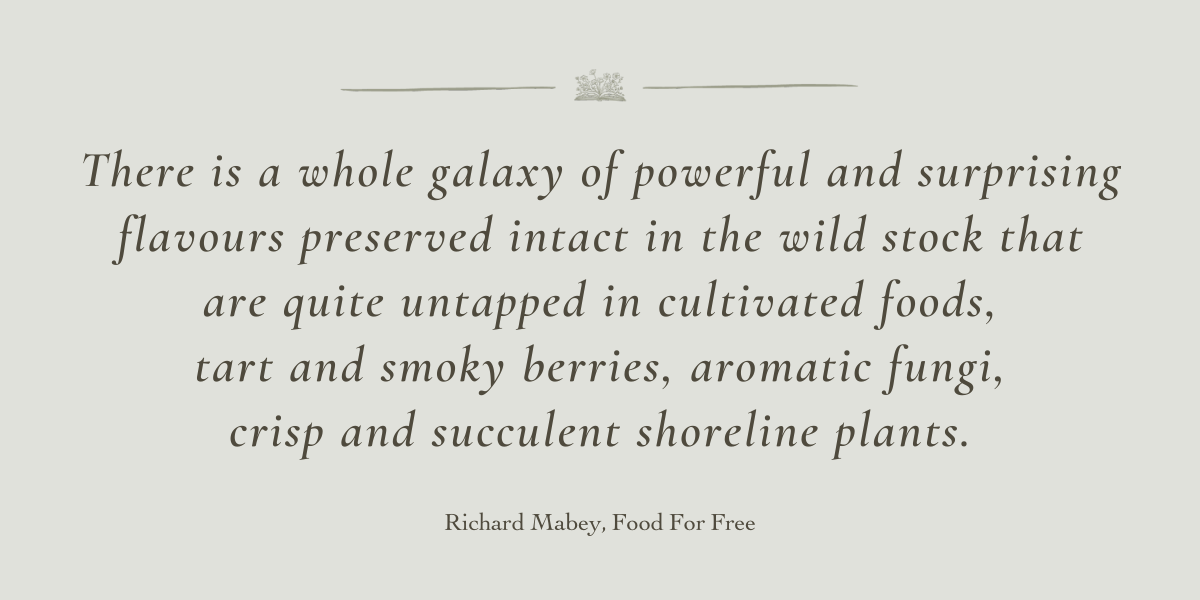
Wild food through history
Wild food was once the only food available to mankind as we took our first steps on this Earth and had to learn everything from scratch.
Wild food seeds from some of our most common wild foods found today have been discovered in Neolithic settlements. Plants gathered from the wild grew near their pickers’ dwellings providing a readily available source of food and medicine
Such old skills and customs were eroded by industrialisation and the drift to the towns but the process has continued and the plants themselves continue to thrive.
The two World Wars provided one of the most striking examples of the usefulness of wild foods which provided vital sustenance and medicinal remedy in times of need.
Wild foods were invaluable during times of famine or crisis - quickly available, tough, resilient, resistant to disease, adapted to the climate and soil conditions. They were there, waiting for their moment, thriving under conditions that our pampered cultivated plants would find intolerable.
Wild food to eat
Apart from omissions noted as grasses and cereals, herbal usage of plants, fish and wildfowl, Food For Free is a treasure trove of edible foods indexed under:
- trees
- herbaceous plants,
- fungi
- lichens
- seaweed
- shellfish
Poisonous and Deadly Poisonous varieties are also included for ideitification purposes together with what they might do if injested. Thankfully, there are only a fraction of dangerous varieties compared to edible ones.
Other types of wild food that don’t fall into the edible or poisonous categories are inedible wild foods. Many of these may have medicinal qualities (some of which are included in my herbal tea remedies) or cosmetic qualities which are worth looking into if you enjoy making tinctures, lotions and so on.
Wild food fundamentals
Food For Free is a superb index with an illustration for each item and a variety of recipes scattered throughout including oils, puddings, jams, fellies, soup, chower, salads, fritters, sauces, pickles, preserves, bread,scones, chutney, pate, omelettes and more.
There is information about how to gather wild food and things like pickling with some general rules that apply to all wild foods, and making a jelly the traditional way with muslin to ensure the clearest results.
There is a month-by-month calendar to check the availability of wild foods through the seasons.
General information about each type of edible plant is explained including roots, green vegetables, herbs, spices, flowers, fruits and nuts.
Wild food recipes
Here are some of the recipes I have noted, some of which to try and to share here with you over the coming months:
Spring - Nettle Soup, Wild Garlic Pesto, Lemon Balm Tea, Herb Scones, Hop Fritatata
Summer - Elderflower Fritters, Elderflower Cordial, Elderflower & Goosberry Preserve, Summer Pudding, Rose Petal Jelly, Mint Chutney, Gooseberry Fool, Dandelion Flower Water
Autumn - Wild Fruit Jam, Lemon & Mustardseed Chutney, Bilberry Pudding, Autumn Pudding, Rose Hip Syrup, Sloe Gin, Mushroom Pate
Winter - Dock Pudding,Oyster Mushroom Omelette, Nut Cutlets, Chestnut Puree, Thyme Soup
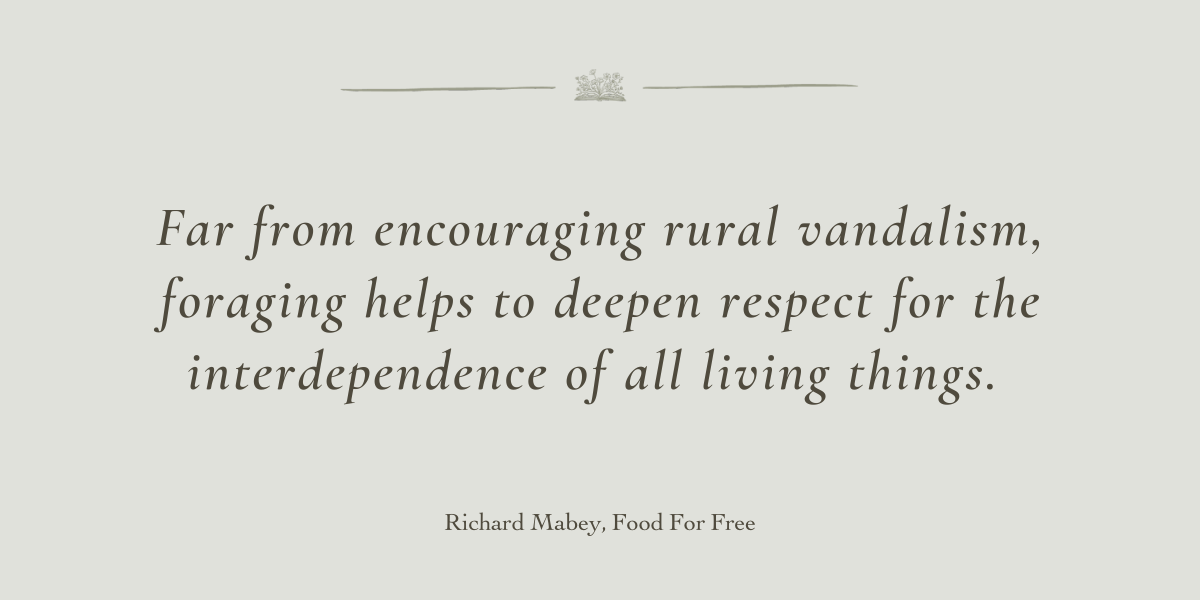
Go wild!
I hope this post has given you some ideas and inspiration to look further into introducing wild foods into your diet. Nature's store cupboard has so much to offer providing hard-to-find natural nutrients that will boost your health and bring you closer to Nature with all the benefits this brings.
Thank you for reading, I look forward to seeing you again soon.
Sue Cartwright
Spiral Leaf
Buy the book!
Purchase a copy of this practical and informative book by clicking on the link below. Spiral Leaf may earn a small commission on books sold using this link with no extra cost to you!
Food for Free by Richard Mabey
Further reading
The Wonders of Wild Food by Sue Cartwright
Foraging for Nature's Bounty by Sue Cartwright
The Hedgerow Cookbook by Caro Willson & Ginny Knox
Going Organic is a Journey by Sue Cartwright
Cleanse to Heal
by Anthony William
Thank you for sharing!
for you, for me and for Mother Nature
Latest Posts
All Posts

